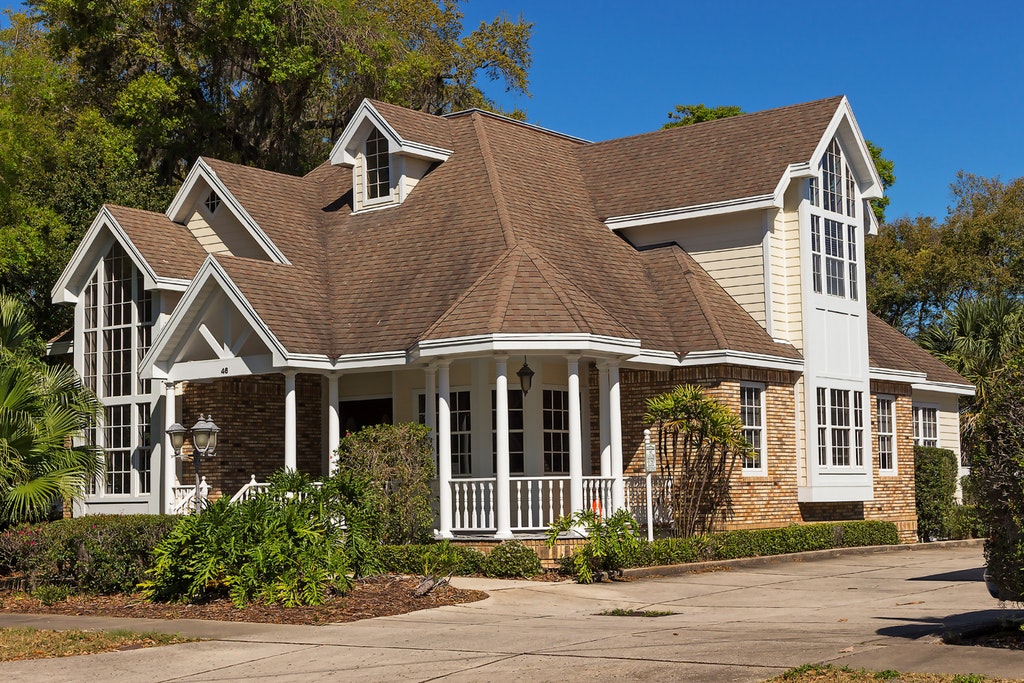No one really wants to buy life insurance. It’s a bet against your longevity. However, it’s a good idea to purchase insurance if you have a spouse or family who is reliant upon the income that you provide for their survival.
The Best Time To Purchase Insurance
You might be wondering when the best time to get insurance is. The answer to this question is right after birth, especially if you’re looking to have a whole life policy. Funerals can cost an average of $9,000. Therefore, it’s a good idea to take out a policy for your newborn. Whole life policies will likely be the cheapest that they will ever be at this point, and your child could keep the policy for the rest of his or her life. You’ll be able to pay for their final expenses should the worst happen, and you’ll also set them on the path to building wealth, as whole life policies are effectively forced savings accounts.
The next best time to purchase insurance as an adult is as soon as you need to pay for your own final expenses. Even if you do not have a family of your own, someone will need to pay for your burial or cremation. A small term policy can pay for this expense for a minimal monthly payment as long as you can qualify.
If You Have A Family
Once you marry and have children, a life insurance policy becomes even more important to hold unless you have a very high net worth. A simple rule of thumb says that you should have ten times your income in life insurance coverage. This would allow your family to pay off your final expenses and survive at a comparable standard of living for a few years without having to go back to work immediately.
What Is The Right Coverage?
According to Upside Insurance (www.upsideinsurancegreenville.com), the type of coverage that you’ll want to buy depends on your current life situation and what you’re hoping to achieve with the policy. There are two major types of life insurance policies. They fall under the general rubrics of whole life and term insurance.
Whole Life
Whole life is intended to, as its name suggests, last for your whole life. The earlier you start to pay into the policy, the cheaper the premium will be. Whole life policies can also provide a cash value that exceeds the face amount of the policy. As long as you keep paying the premiums, the value will continue to grow over time. Some retirees use this cash value for living expenses during their golden years. The big negative of a whole life policy is the cost, which can sometimes reach ten times those of term policies.
Term Insurance
The cheaper option when it comes to life insurance is term insurance. Like its name would suggest, term insurance is in effect for a specified term, usually 10, 15, 20 or 30 years. The longer the term, the more expensive the premium will be. However, locking in a long-term will ensure that you can maintain the insurance if an illness makes you uninsurable while the policy is in effect. Term policies provide a death benefit only, but the cost of term insurance is usually much cheaper than a whole life policy that you’d take out at the same age.
Buying life insurance is one of those expenses that come with reaching adulthood. As long as your family needs to pay for burial or living expenses and they do not have the capital necessary to do so readily available, you need a life insurance policy. The earlier you take one out, the better. You’re more likely to be insurable, and the cost will be lower the younger you are.



